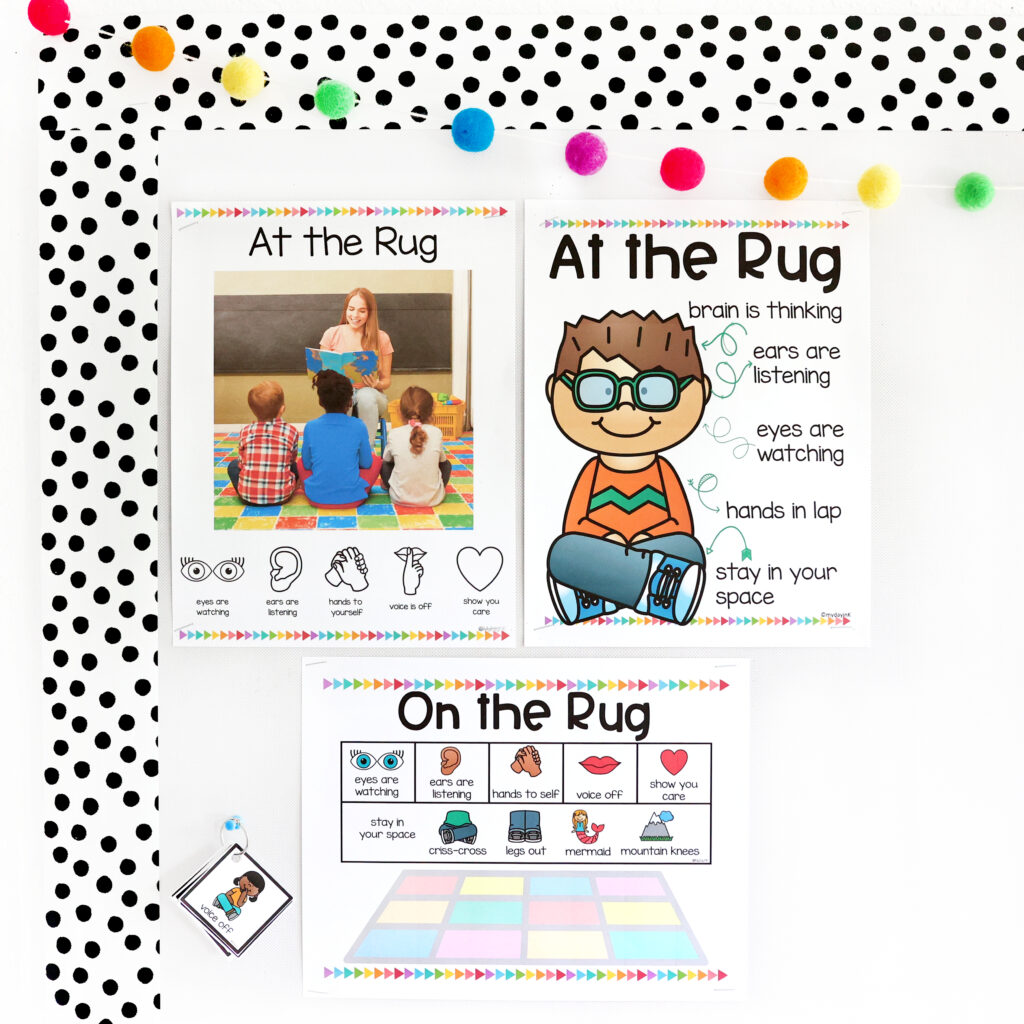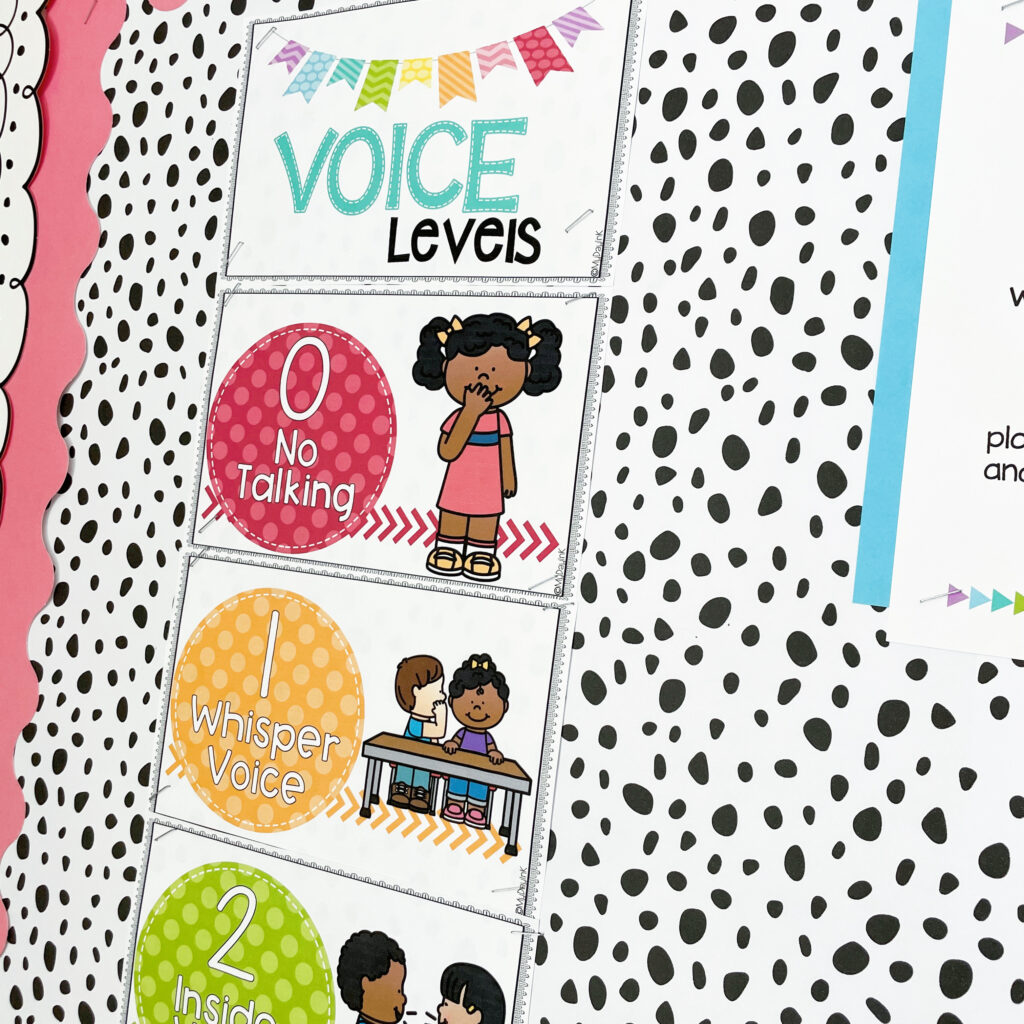Setting Boundaries with Children to Prevent Disruptive Behavior
We’ve all been there—you’re in the middle of a super important lesson, and then bam! A kid decides it’s the perfect time to test the limits. Whether it’s playing tag when they should be sitting down or interrupting a classmate with a story about their pet hamster, setting boundaries with children can feel like trying to herd cats. But the truth is, boundaries are more than just a way to maintain order in your classroom; they help kids of all ages develop a sense of control, learn about good choices, and navigate relationships in healthy ways.

So, how do you teach boundaries in a way that’s simple enough for little kids but effective enough to prevent those oh-so-common power struggles? Let’s dive in!
Why Boundaries Matter—Even for the Littlest Learners
At a young age, children are figuring out the limits of their environments—what’s okay, what’s not, and how their actions affect others. Setting boundaries with children early on teaches them healthy ways to interact with the world, builds their decision-making power, and helps them respect other people’s feelings. This is part of their learning process, even if they seem to have a hard time accepting those limits at first. And, let’s be honest—teaching boundaries can also prevent you from pulling your hair out every other day.
Healthy boundaries create a safe space for kids to understand what’s expected of them. They provide clear limits and help build healthy relationships, which is important for their mental health. By consistently reinforcing these boundaries, you’re giving them tools that will carry through to their teenage years and beyond.
Setting Boundaries the Healthy Way (Without Feeling Like a Drill Sergeant)
The most important thing about teaching boundaries is to make them clear but not overly strict. You want to give kids a sense of safety without making them feel like they’re walking on eggshells. Think of boundaries like a dinner table—there are rules about how and when to sit, but within those rules, there’s freedom to choose what you eat (within reason, of course). It’s all about balance!
Here are some practical ways to set boundaries with young children that help them understand and respect limits:
- Use Age-Appropriate Boundaries: What works for a kindergartener won’t always work with older kids, and that’s okay! Make sure your boundaries fit the child’s developmental stage. For example, younger kids might need more explicit guidance like “We use quiet voices inside the classroom,” while older kids can handle more abstract rules like “Respect everyone’s personal space.”
- Set Clear Expectations: Communicate the set of rules upfront. Tell them in simple terms what’s expected: “We don’t run inside because someone could get hurt.” This gives them a clear understanding of what’s allowed and why it matters. Plus, setting age-appropriate tasks helps them feel in control.
- Natural and Logical Consequences: Sometimes, the best way to help kids learn is to let them experience the natural consequences of their behavior. If they run during a quiet activity, maybe they lose their turn to play next time. If they’re interrupting others, you can remind them that this makes it harder for their friends to share during circle time.
Positive Reinforcement: A Kindergarten Teacher’s Best Friend
Instead of focusing only on what kids shouldn’t do, highlight the good behavior when it happens! Positive reinforcement is a great tool for helping kids feel proud of their choices. Let’s say you have a student who consistently respects personal space—praise them for it! A simple “I love how you kept your hands to yourself during storytime” can go a long way. This encourages good choices and creates a safe environment where they feel supported.
Power Struggles and How to Avoid Them (Most of the Time)
One of the toughest parts of boundary setting is when kids push back (because, let’s face it—they will). The best way to avoid turning this into a full-on power struggle is to give them a sense of control within the boundaries. For instance, instead of telling them, “No screen time until after homework,” you can ask, “Would you like to do your homework before dinner or after?” That way, they’re still getting a choice, but you’re keeping the boundary intact. It’s all about open communication and allowing them to have some say in how things go.
Be a Role Model in Boundary Setting
Kids learn from what we do more than what we say. You also want to be a good example by respecting your boundaries. Show them how to set aside time for their own needs and respect others’ personal space. If a child is having difficulty regulating their emotions, you can model how to handle those negative emotions by talking about your own feelings in a healthy way.
When kids see you maintaining your own boundaries, whether it’s during a family meeting or while managing screen time and social interactions, they’ll understand that boundaries aren’t just rules to follow—they’re an important skill for building healthy relationships.
Practical Examples of Boundaries in Action
- The Morning Routine: A clear rule could be: “We finish getting ready before playing with toys.” This sets expectations early and gives kids a clear focus.
- At the Grocery Store: “You can pick one snack for yourself, but you need to stay close to the cart.” It gives them decision-making power within the boundary of safety.
- During Video Games or Social Media Time: “You can play for 30 minutes, but then we need to do something else.” This is a great way to model balance and help them understand limits.
Final Thoughts
Setting boundaries with children is a long game, but when done right, it creates a foundation for healthy relationships, emotional regulation, and respect for themselves and others. Whether it’s a simple rule about keeping toys out of common areas or teaching them the importance of a consistent bedtime routine, remember that your boundaries help shape their future interactions with the world.
Plus, the next time your little one has difficulty staying within those limits, you can remind yourself (and them) that this is all part of learning—and it’s one of the most important jobs you’re helping them master.





